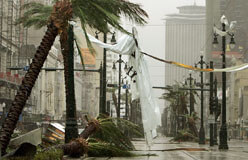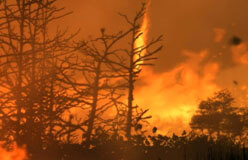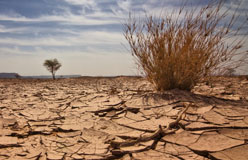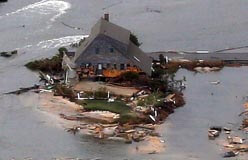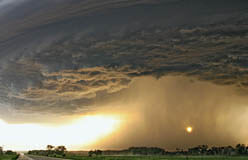Europe experienced extreme heat through the summer of 2003. Temperatures hit record highs in five countries.
In Paris, workers at the Eiffel Tower had to spray mist on overheated tourists. The London Zoo cooled off its lions using ice. Europe’s hottest summer in 500 years caused at least 35,000 deaths.
The heat wave was 2003’s deadliest natural disaster worldwide. Heat-related weather doesn’t create dramatic photos, so many people don’t take heat seriously. Yearly, heat kills on average more Americans than hurricanes, tornadoes, floods, and lightning combined.
